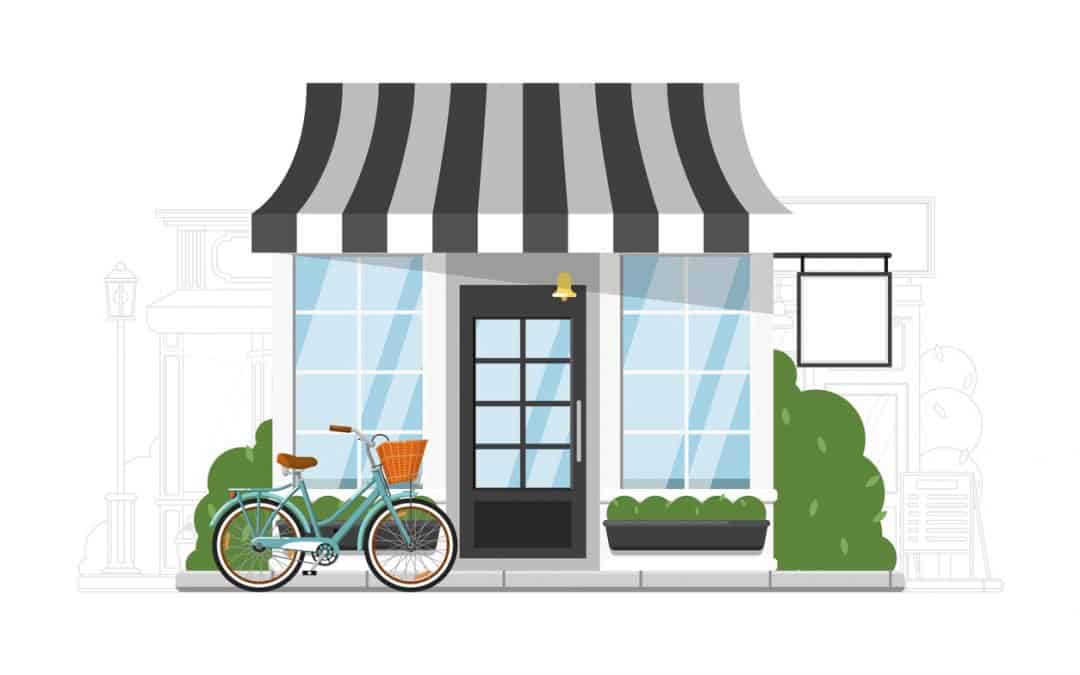The global pandemic has truly changed the world. From lowered emissions as a result of work-from-home policies to an increase in pet adoptions and quality time with immediate family, many of the side effects are net positive.
Yet retail is suffering. Vacancy rates for retail space remain high. Many of the hundreds or even thousands of restaurants that shut down over the last 18 months won’t be reopening. And corporate offices are still experiencing low occupancy as workers have grown accustomed to remote work and are reticent to return to shared spaces.
As a result, many real estate owners and operators – struggling to fight back against plummeting occupancy rates during 2020 – are repurposing property to attract new tenants. For example, retail space has been converted to warehousing and vacant restaurants have reopened as cannabis storefronts. As the economy rebounds, the industry is still looking for new and innovative ways to repurpose commercial property.
No such thing as a quick fix:
Transforming a retail space for another purpose isn’t as simple as it sounds. A repurposed building will need to be redesigned, both in terms of the specific layout but even including the underlying infrastructure, including fire and life safety, mechanical, electrical and plumbing systems. It’s crucial to evaluate each of the building’s systems independently to determine if they can adequately serve the space’s new purpose.
Similarly, it’s important to familiarize yourself with local building codes and zoning laws before advertising your space in a new way. Changing a building’s zoning designation does take time and resources – and it’s important to understand that investment before you take positive steps in that direction.
Consider the risk of the change:
Even without a formal change of building code, repurposed property brings with it a new risk profile – as well as different requirements for insurance coverage. The changing risk and coverage can be a challenge to determine, especially if there is a vacancy clause in effect that nullified coverage or altered terms and conditions. Uncleared vacancies can make it difficult to secure new coverage for a repurposed property.
Another factor beyond the owner’s control that makes it more difficult to secure coverage includes insurance capacity. In many cases, different carriers specialize or offer coverage for different types of property. Many underwriters don’t offer policies for the cannabis industry, either because of specific risk factors or because there just isn’t enough data yet. So even if tenants are readily available, it may not be a good idea to make the change if you can’t secure proper coverage.
A “hard” market:
In recent years, underwriters have become more selective when it comes to real estate insurance. This means they have their pick of what to insure – and the result is that premiums have risen across the board. Even if you have squeaked by in the past because of loyalty to a carrier, a repurposed asset may not qualify as a risk they’re willing to take.
The reinsurance market:
Even a willing underwriter is subject to the risk appetite of their reinsurers. Without reinsurance, underwriters are heavily restricted on the policies they’re willing to write.
Despite these hurdles, real estate owners and operators can take steps to reduce their risk and make their property a more attractive risk. When repurposing your property, consider these factors:
- Know the expectations in the new industry. Shifting from one space to another often leads to new liabilities and understanding them is the key to success. For instance, a newly minted warehouse owner assumes responsibility for products and materials housed in their space. A legal liability policy can help protect the owner from the financial consequences of a fire, theft or negligence.
- Understand your new risk profile. Similarly, repurposing property often changes the risk profile of the space. This change may not require an entirely new insurance policy but could require additional limits and extensions.
- Consider additional coverage. If you are making changes to your property, you may need to make other upgrades required by ordinances that were passed after the building was constructed. It may be a good idea to add on building ordinance coverage, an extension to a property policy, to help with those costs.
For many real estate owners and operators, repurposing property is the right way to survive the downturn. But it’s also important to consider the shift from all angles to understand the risks and insurance needs and prepare properly for the future.
Dru Douglas is an account manager for the Ontario region for global insurance brokerage Hub International. He specializes in insurance and risk solutions for the office, retail, industrial and multi-family sectors of commercial real estate.















